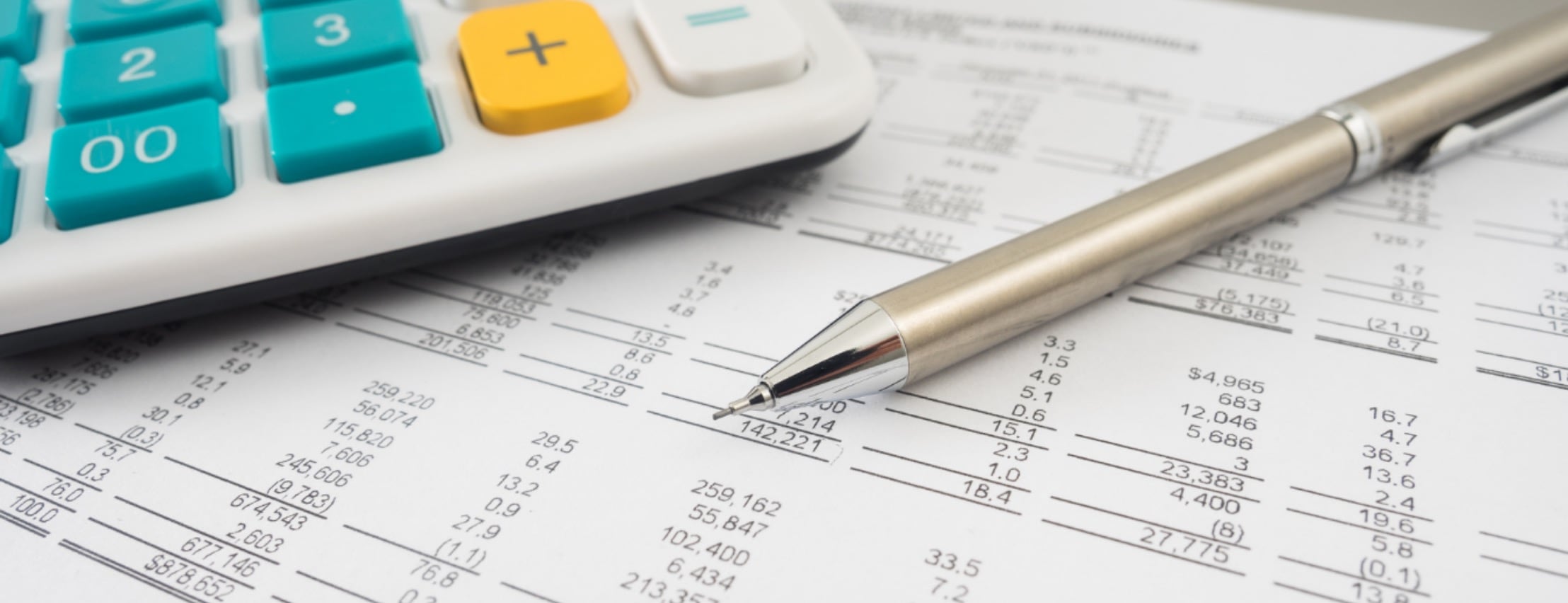Understanding Balance Sheets

Simply put, balance sheets are financial snapshots that show investors and stakeholders how much your company is worth.
Balance sheets are also internal tools that guide management decisions. When appropriately used, balance sheets can help your business make financial decisions based on assets and liabilities. This kind of financial statement can also help you plan for and avoid major debt.
What’s in a balance sheet?
The two primary components of your balance sheet include assets (things you own) and liabilities (items you have not paid for yet). The difference between assets and liabilities is called net worth. Your net worth is also referred to as your equity.
Understanding your net worth shows you how valuable your company is and can be shared with stakeholders and future loan officers.
Utilizing your balance sheet to track assets
As a reminder, assets are anything you own, including company cash. Below are three common forms of assets that your business should track in your balance sheet.
Cash on hand – This includes money in the bank or in your company’s safe. Keeping track of your cash flow can help you predict how much money your company is projected to have at any given time. This portion of your balance sheet will let you know how much money you can use to pay bills, employees, and yourself.
Accounts receivable – This is the amount of money owed to you due to a sale or service provided. You can use your balance sheet to track payments and notice payment patterns. For example, you can see when clients pay on time or when they pay late. Late fees might be a best practice for clients who consistently pay past the invoice due date.
Equipment – Equipment and machinery used for business purposes are tax-deductible, and they depreciate over time. Be sure to track the costs of new machinery and maintenance repairs in your balance sheet.
Using your balance sheet to record liabilities
As previously mentioned, a liability includes any outstanding balances you have. Be sure to keep track of these to guide you during your financial planning. Every business is different, but the following are three common types of liabilities that should be recorded in your balance sheet.
Accounts payable – This includes vendors that invoice your company. Be sure to pay them on time. If for some reason you are unable to, give them a call and update them on when you plan to pay. Some vendors offer discounts for those who pay early or on time.
Taxes – Your tax obligations may include sales tax, employee payroll taxes, real estate, and local and state taxes. Put this money aside, as you’ll need it at the end of each tax season.
Loans – Money you owe on office leases, equipment, or mortgage qualify as liabilities. Paying loans on time keeps your loan contract in good standing and can increase your credit score over time.
Moving forward
Financial planning should be part of every business strategy. Whether you visit your budget weekly or quarterly, it’s a vital part of your company’s operations. Balance sheets can get highly detailed, and the above-mentioned is a high-level summary. It’s important to talk about your finances with a professional to keep your goals on track. We’re here when you’re ready to chat.

